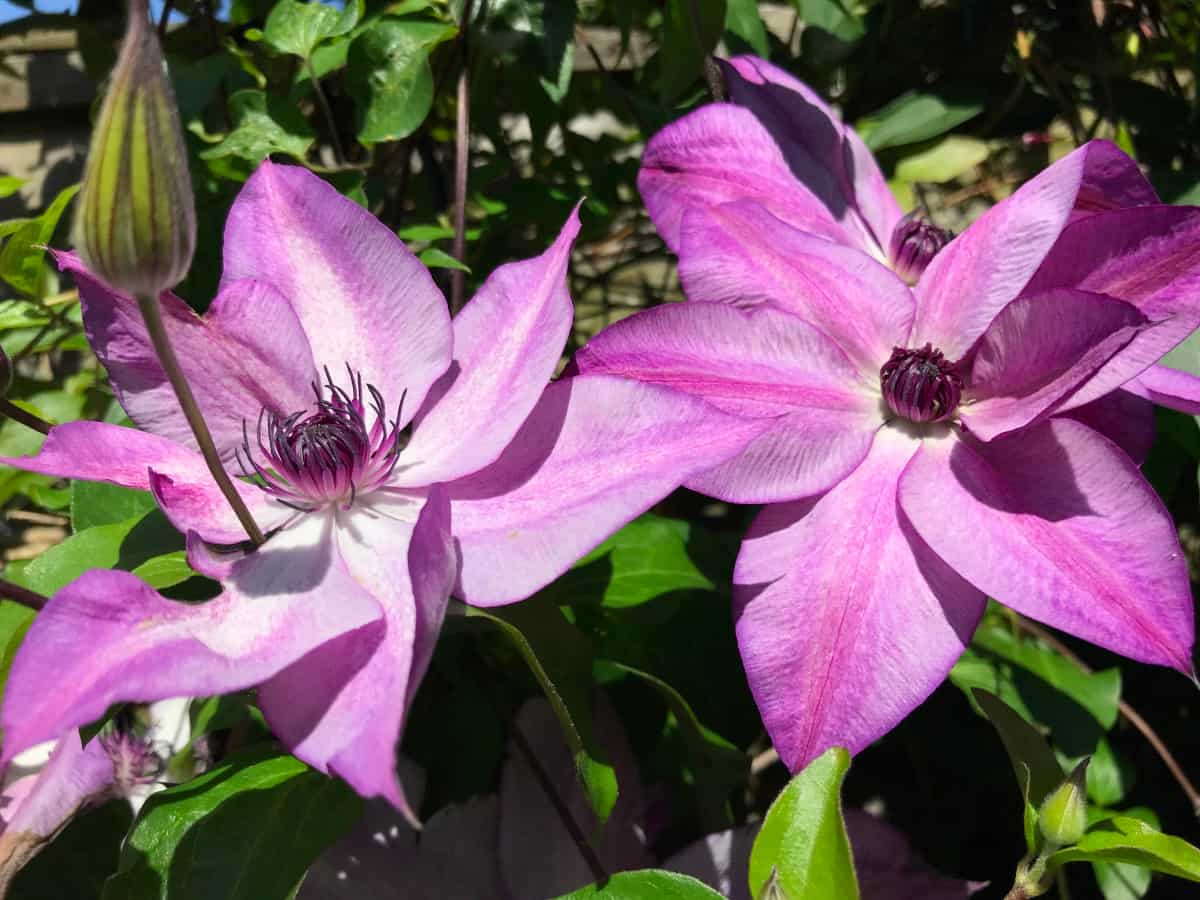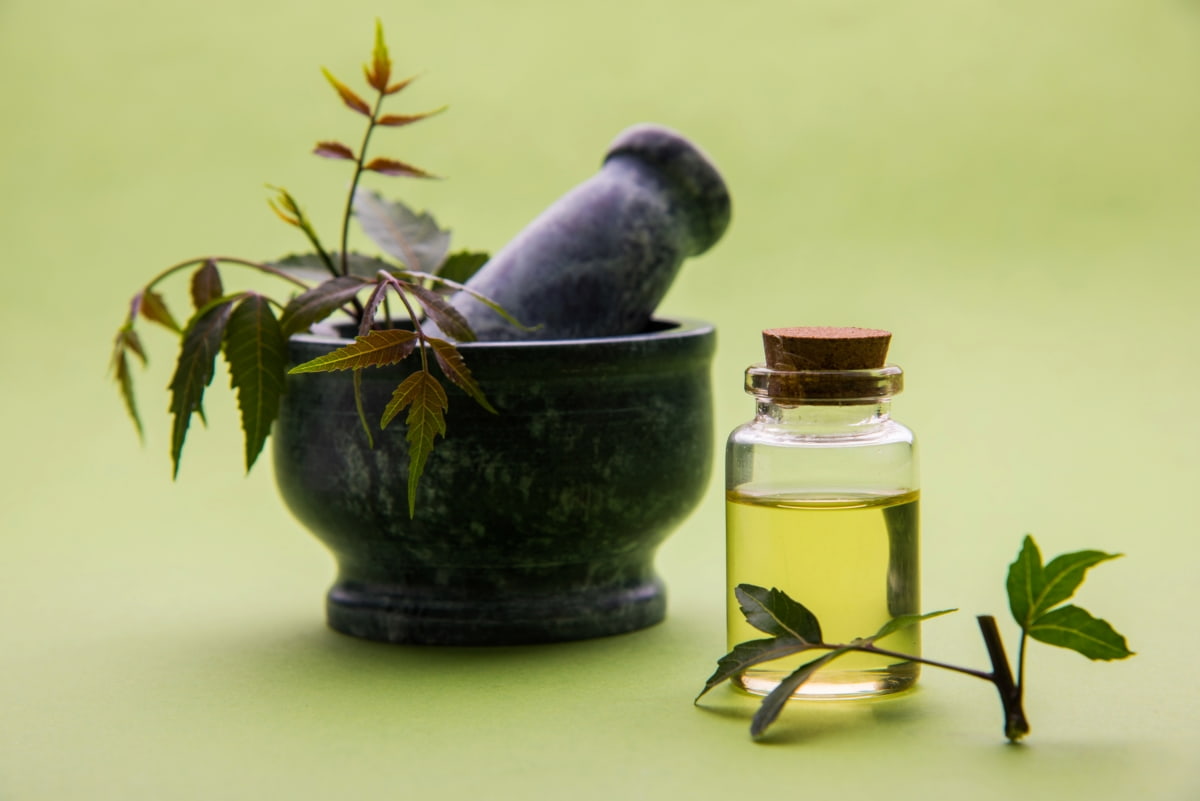Discover the natural benefits of using neem oil for maintaining the health and beauty of leather flower plants. This guide offers valuable information on the proper utilization of neem oil as a secure and organic method for addressing pest and disease issues.

How to Use Neem Oil on Leather Flower Plants
Neem Oil and its Benefits for Leather Flower Plants
Neem oil, extracted from the neem tree, serves as a natural and efficient method for preserving the well-being of leather flower plants. It is a popular choice for gardeners seeking an organic way to tackle pest issues. Neem oil works as a deterrent for a variety of common pests and can help in preventing fungal diseases. Its organic nature ensures it’s safe to use around pets and children, making it ideal for both outdoor and indoor gardens.
When learning how to use neem oil on leather flower plants, one of the key benefits to consider is its ability to act as both a preventative and a treatment for existing pest infestations. Its versatility extends to being effective in different environmental conditions, whether you are exploring how to use neem oil on leather flower plants indoors or outdoors.
How to Prepare Neem Oil to Use on Leather Flower Plants
Preparing neem oil for use on leather flower plants involves creating a diluted solution that is effective yet gentle on the plants. To start, you need pure neem oil and a mild soap or detergent, which acts as an emulsifier to mix the oil with water. How to mix neem oil for plants starts with adding a few drops of soap to a gallon of water and then incorporating one to two tablespoons of neem oil.
To achieve uniform dispersion of the oil in the water, it is imperative to vigorously shake this mixture. It’s crucial to prepare this mixture fresh each time you intend to apply it, as neem oil can break down and lose its potency when mixed with water over time. The method remains consistent whether you’re applying neem oil to indoor or outdoor plants.
How to Apply Neem Oil on Leather Flower Plants
Applying neem oil on leather flower plants requires a careful approach to ensure thorough coverage without harming the plant. To effectively apply neem oil, use a spray bottle or garden sprayer to uniformly cover all plant surfaces, including the lower sides of leaves where pests tend to hide. Be cautious not to administer neem oil during the peak daytime heat or in direct sunlight, as it may result in leaf damage.
The best time for application is either early morning or late afternoon. When considering how to use neem oil on plants for gnats and other pests, ensure that the spray reaches the soil as well, as this can help target larvae and eggs. Reapplication every couple of weeks or after heavy rain is necessary for ongoing pest management.
Mixing and Dilution for the Right Concentration of Neem Oil for Leather Flower Plants
The key to effective use of neem oil on leather flower plants is achieving the right concentration. Over-concentrated solutions can harm the plant, while mixtures that are too dilute may be ineffective. Typically, a 2% solution, equivalent to approximately 2 tablespoons of neem oil per gallon of water, is effective for addressing most pest problems.
In case you missed it: How to Use Neem Oil on Touch-Me-Not Plants: A Natural Way to Get Rid of Bugs from Touch-Me-Not

However, if you’re dealing with a severe infestation, a slightly stronger mixture can be used. Always test a small area of the plant first before applying it more broadly, especially when trying a new concentration. This step is vital to ensure that the plant can tolerate the neem oil without suffering damage.
Can Neem Oil Be Used on All Leather Flower Plant Varieties?
While neem oil is safe for most leather flower plant varieties, some plants may have a sensitivity to oil-based products. Before broadly applying neem oil, it’s advisable to perform a patch test on a small area of the plant and observe any adverse reactions for 24-48 hours. This is particularly important when considering how to use neem oil on leather flower plants indoors, where environmental conditions differ from outdoors. If the plant displays indications of stress, like leaf discoloration or wilting, it is advisable to refrain from utilizing neem oil and explore alternative methods for pest control.
How Long Does Neem Oil Stay Effective on Leather Flower Plants?
The effectiveness of neem oil on leather flower plants typically lasts for about one to two weeks. Factors like rainfall, watering practices, and the intensity of sunlight can influence this duration. Regular applications are necessary for continued protection against pests and diseases. It’s important to adhere to a consistent schedule when using neem oil, especially during peak pest seasons. This regular application helps in maintaining an environment that is less appealing to pests while ensuring the ongoing health of the leather flower plants.
Using Neem Oil in Combination with Other Pest Control Methods
Neem oil can be part of an integrated pest management strategy for leather flower plants. It works well in combination with other methods like manual removal of pests, introducing beneficial insects, and practicing good cultural care. For instance, while neem oil addresses many pest issues, supplementing with beneficial insects like ladybugs can help control aphid populations more effectively.
In case you missed it: How to Use Neem Oil on Hellebore: A Natural Way to Get Rid of Bugs from Hellebore Plants

Additionally, ensuring your leather flower plants are healthy through proper watering, feeding, and pruning makes them less susceptible to pest infestations. Combining these methods with regular applications of neem oil creates a comprehensive approach to pest control.
Some Common Pests and Diseases that Neem Oil Can Control on Leather Flower Plants
Neem oil is particularly useful in controlling aphids, spider mites, whiteflies, and gnats. These pests are drawn to the soft, lush growth of leather flower plants, and neem oil acts as a deterrent and growth regulator, disrupting their life cycle. Besides its pest control properties, neem oil also provides a degree of defense against fungal ailments like mildew and rust, particularly in environments with high humidity.
Regular application of neem oil not only manages existing pest and disease issues but also helps in preventing future infestations, ensuring your leather flower plants remain healthy and vibrant.
How to Monitor the Effectiveness of Neem Oil on Leather Flower Plants
To monitor the effectiveness of neem oil on leather flower plants, regularly inspect the plants for signs of pest activity and overall health. Check both the upper and undersides of leaves for pests, eggs, or damage, usually a few days after application and then weekly. Observe if there’s a reduction in the number of pests or signs of new infestations.
Monitoring also includes checking for any adverse reactions the plants might have to neem oil, like leaf burn or wilting. Keeping a record of each application, along with notes on the plant’s response, can be helpful in adjusting future treatments and ensuring the optimal health of your leather flower plants.
Safety Precautions to Take when Using Neem Oil on Leather Flower Plants
When using neem oil on leather flower plants, safety precautions are important to protect both the plants and the person applying it. To ensure safety when working with neem oil, it’s important to wear protective gloves and eyewear to prevent skin and eye irritation. Adequate ventilation, particularly indoors, is crucial to avoid inhaling the spray.
In case you missed it: How to Use Neem Oil on Rock Trumpet: A Natural Way to Get Rid of Bugs from Mandevilla Plants

Additionally, take precautions to keep neem oil away from pets and children, as it can be harmful if ingested. To prevent drift, avoid spraying in windy conditions, and apply the oil during cooler times of the day to reduce the risk of leaf damage. Finally, follow the instructions for dilution and application closely to avoid damaging the plants.
Conclusion
Neem oil serves as a versatile and eco-friendly tool in the care of leather flower plants. By understanding its preparation, application, and safety measures, gardeners can harness its benefits for a healthier, pest-free garden.
- Feed Your Flock for Less: Top 10 Tips to Save on Chicken Feed
- Ultimate Guide to Ossabaw Island Hog: Breeding, Raising, Diet, and Care
- Hatching Answers: The Top 10 Reasons Your Chickens Aren’t Laying Eggs
- Eggs and Economics: Breaking Down the Cost of Raising Backyard Chickens
- Defend Your Greens: Proven Methods to Keep Iguanas Out of Your Garden
- Ultimate Guide to Cinnamon Queen Chicken: A Comprehensive Guide for Beginners
- Ultimate Guide to California Tan Chicken: Breeding, Raising, Diet, Egg-Production and Care
- Ultimate Guide to Marsh Daisy Chicken: Breeding, Raising, Diet, and Care
- 10 Types of Chicken Farming Businesses You Can Start for Profits